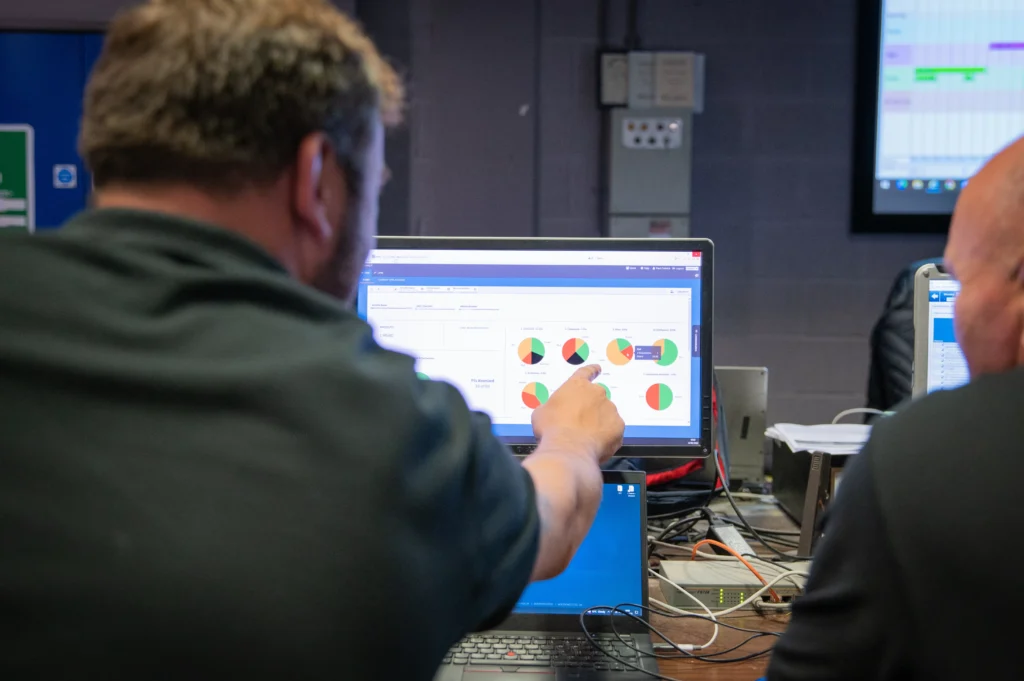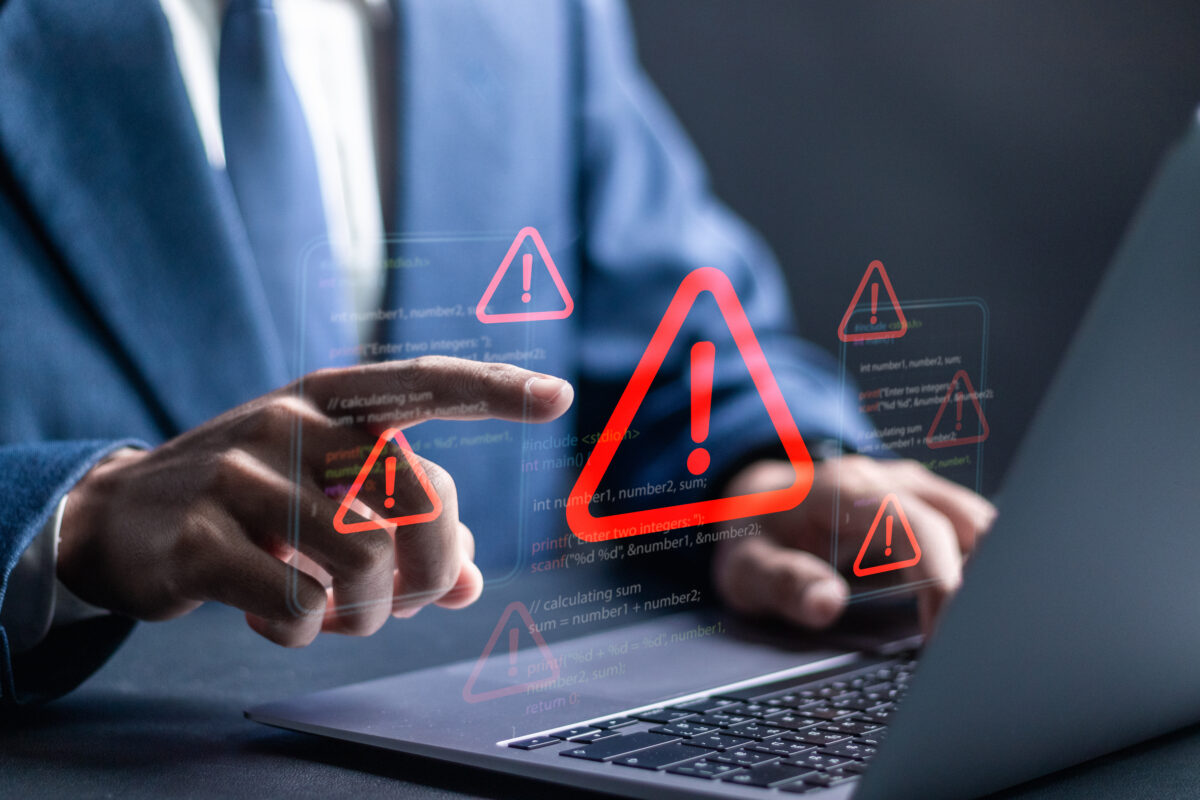In the fast-paced world of crisis management, preparedness is everything. Emergency response team exercises are the backbone of this readiness, ensuring that when the unexpected happens, everyone knows their role and how to execute it flawlessly. But how do we know if these exercises are truly effective? The answer lies in a robust evaluation process. Let’s dive into how to optimize the evaluation of these critical exercises to ensure the consistent collection of high-quality data that leads to meaningful improvements.
Define Clear Objectives and Outcomes
Specific Goals
First things first: setting clear objectives. Every exercise needs a purpose, a reason why you’re doing it. Are you looking to verify your emergency protocols? Clarify roles and responsibilities? Measure response times? The purpose should always include an actionable verb like verify, clarify, identify, develop, indicate, measure, or evaluate. This helps focus the exercise and provides a clear target to aim for. For example, you might want to “evaluate the effectiveness of your emergency communication protocols” or “measure the response time to simulated incidents.”
Measurable Outcomes
Next, you need measurable outcomes. These are your benchmarks, the tangible results that show whether you’ve hit your target. Think along the lines of how quickly your team activates emergency protocols, the accuracy of inter-team communications, or the quality of decision-making under pressure. These outcomes should align with your objectives and give you a clear picture of your team’s performance.
Develop a Comprehensive Evaluation Plan
Evaluation Framework
A strong evaluation framework is your blueprint for success. It should include both formative (process) and summative (outcome) evaluations. Formative evaluations look at how the exercise is being implemented, helping you tweak and improve on the fly. Summative evaluations, on the other hand, assess the final outcomes to see if you’ve met your objectives and what impact the exercise had.
Key Performance Indicators (KPIs)
Key Performance Indicators (KPIs) are your critical data points. These help stakeholders understand the exercise’s effectiveness and guide actions toward achieving objectives. Specify who should do what, under what conditions, and according to what standards. For instance, a KPI might be the percentage of responders who correctly follow a new communication protocol within the first five minutes.
What Does Good Look Like: Capability Maturity Models
To benchmark your progress, use Capability Maturity Models (CMM). These models help you assess the maturity of your crisis management capabilities, identify areas for improvement, and set goals for future exercises. This ensures you’re not just running in circles but making tangible progress.

Learn more about 4C Strategies features in Gartner reports
4C Strategies’ Exonaut platform has featured in several Gartner Research reports. Find out everything you need to know from the leading research firm and their market guides.
Standardize Data Collection Methods
Tools and Instruments
Using validated tools and instruments for data collection is crucial. Think tablets with preset questions, specialized software tools, or even apps that allow for real-time data entry. Digital tools enable comprehensive evidence collection—evaluators can take notes, capture photos, or record audio as proof of what happened during the exercise. This makes your data richer and more reliable.
Consistency
Consistency is key. All evaluators should be trained in the same methods, ensuring they ask the same questions and evaluate the same criteria. This standardization ensures that the data collected is comparable and reliable. Whether it’s through standardized training programs or using evaluation tools that enforce consistency, make sure everyone is on the same page.
Implement Ongoing Monitoring and Feedback
Regular Check-Ins
Regular check-ins during the exercise allow you to monitor progress in real-time. Are you hitting your objectives? Do any scenarios need to be re-run? Exercises are expensive and often only done once a year, so it’s crucial to capture feedback and lessons on vital objectives as the exercise unfolds. If your evaluators aren’t submitting data or observations, it’s a red flag that needs immediate attention.
Real-Time Feedback
Technology is your best friend when it comes to real-time feedback. Providing immediate feedback to umpires, evaluators, and sometimes the training audience can significantly enhance the exercise. If an exercise spans several days, real-time insights can help adjust strategies and ensure everyone stays on track. A unified software platform that captures and records all observations and evaluation data into a collaborative solution is indispensable.

Helping emergency services improve command and control
Learn how 4C Strategies helped one of Northern Europe’s largest fire brigades to improve its command and control capabilities.
To summarize – make sure your evaluation data drives continuous improvement
Optimizing the evaluation of crisis management and emergency response exercises isn’t just about ticking boxes—it’s about ensuring your team is genuinely prepared for whatever comes their way. By setting clear objectives, developing a comprehensive evaluation plan, standardizing data collection methods, and implementing ongoing monitoring and feedback, you can collect high-quality data that drives continuous improvement. Remember, the goal is not just to run an exercise, but to learn from it and get better every timeIf you want to know more about the power of exercising and discover how you can take advantage of running exercises using Exonaut, the markets leading training and exercise management platform, contact 4C today









